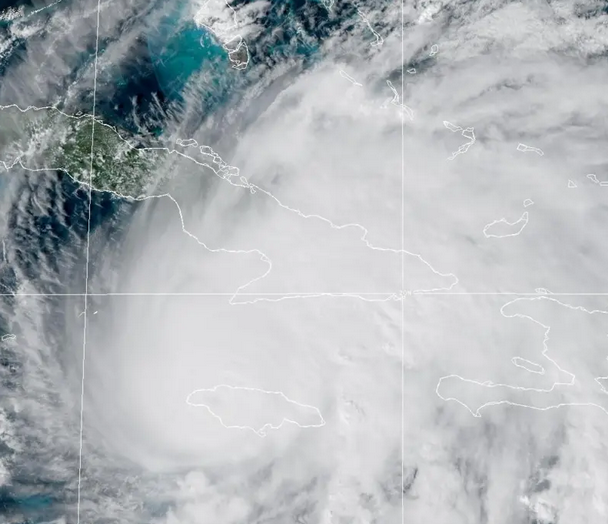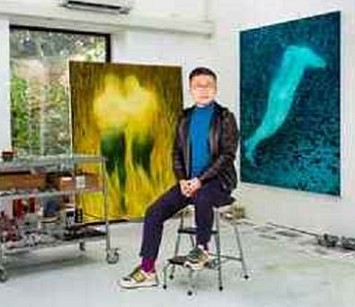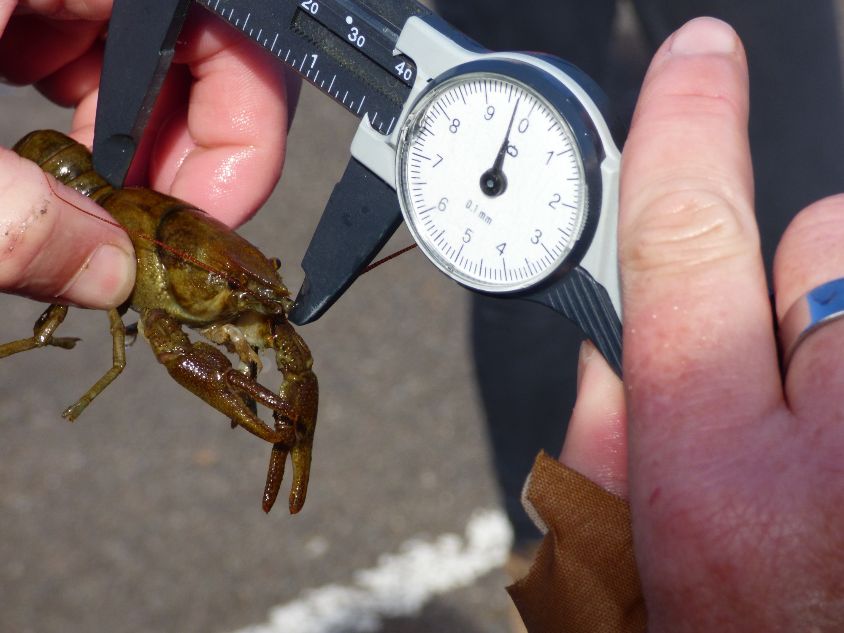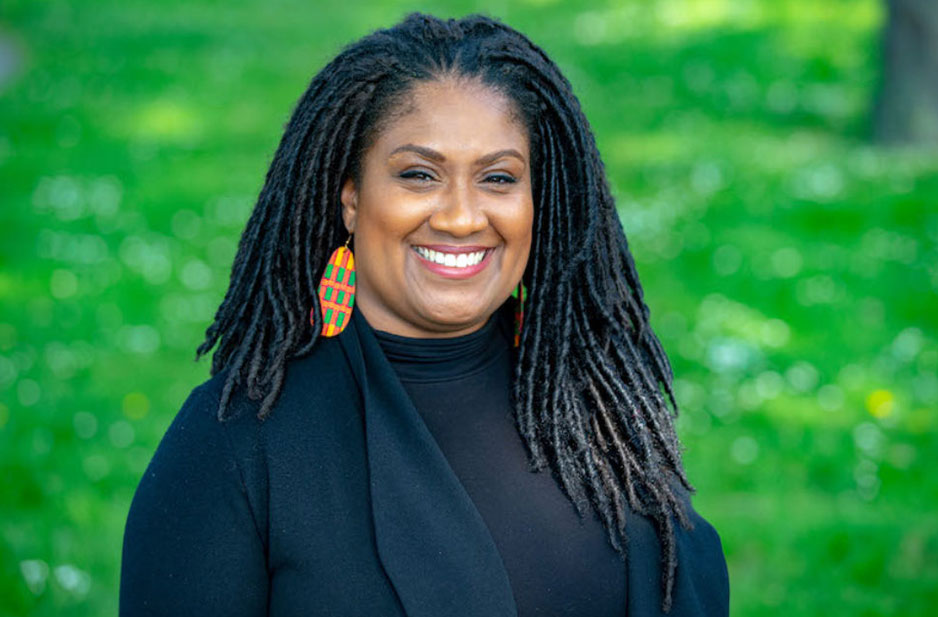The 25th edition of the Marcel Duchamp Prize was awarded to Xie Lei, chosen from among four short-listed artists representing the vitality, diversity and international reach of the French scene.
Between vulnerability, and metamorphosis, science and poetry, this edition highlighted an art in dialogue with its era. After Frieze London, Art Basel Paris opens its doors at the Grand Palais, while the auction houses unveil their autumn masterpieces.
Meanwhile, the art world has been celebrating another major event: the award of the Marcel Duchamp Prize, initiated by the ADIAF (Association for the International Diffusion of French Art) and supported by Artprice by Artmarket. The Marcel Duchamp Prize was initiated 25 years ago by a group of French collectors and the ADIAF.
It received significant impetus from French collector Gilles Fuchs, who noted a decline in the international reputation of French artists in the 1990s. His motivation was to contribute to a better representation and promotion of French art in a delicate context for the French contemporary art market.
This year, the prestigious Prize was awarded to painter Xie Lei, whose paintings occupy a disconcerting space between dreams and reality, inviting us to slow the pace of our visual consumption and rediscover the emotional power of images. Thierry Ehrmann, Founder of Artprice and CEO of Artmarket.com, praised "the creativity, symbolic power and diversity" of this edition, congratulating the winner Xie Lei as well as finalists Bianca Bondi, Eva Nielsen and Lionel Sabatté, all examples of the wealth of the current French art scene: "Artprice by Artmarket is very proud to support the Association for the International Diffusion of French Art (ADIAF) and the Marcel Duchamp Prize.
“In a context where Paris is establishing itself as the most dynamic marketplace in the world in terms of the number of contemporary works sold at auction, the Marcel Duchamp Prize fully contributes to the promotion of the French art scene and its influence. This ambition is shared by the Minister of Culture, Madame Rachida Dati, in her new plan to strengthen the French contemporary art scene."
Claude Bonnin, President of ADIAF, commented: "For 25 years, each edition of the Marcel Duchamp Prize has been a tribute to the vitality and creativity of the contemporary French art scene.
“On behalf of the 300 collectors of the ADIAF, I would like to warmly congratulate the winner, Xie Lei. I am delighted with the quality of the Marcel Duchamp Prize exhibition, presented for the first time this year at the Musée d'Art Moderne de Paris. This edition exemplifies the superb collective formed by the State, the City of Paris, and the ADIAF around a common objective: to promote the French scene by giving essential visibility to its artists, in France and internationally.
“I would also like to emphasize that, in addition to this exhibition, the four finalists will benefit from our association's support program, including residencies at the Manufacture de Sèvres and the Villa Albertine as well as exhibitions abroad." In a quarter of a century, the Marcel Duchamp Prize has established itself as a major marker of contemporary creation, comparable to the prestigious British Turner Prize and the American Hugo Boss Prize.
Supported by the French Ministry of Culture and a number of major public institutions, each year it highlights French or French-domiciled artists whose works embody the vitality, diversity, and quality of the current scene. The winner receives an endowment of €35,000 and support from a museum with a view to enhancing their international visibility, in conjunction with a network of partners such as the French Institute, the Manufacture de Sèvres, national Museums, and the Villa Albertine in the United States.
Beyond the financial reward, the "Prix Marcel Duchamp" is therefore a substantial recognition accelerator that has already benefited artists like Dominique Gonzalez-Foerster, Kader Attia, Tatiana Trouvé, Tarik Kiswanson and Melik Ohanian, whose recognitions all extended well beyond French borders after being nominated as winners of the prize. As Claude Bonnin, President of ADIAF: "The Marcel Duchamp Prize is not intended to reward emerging artists, but to support those with international potential."
This greater visibility naturally translates into the art market, with the winners gaining easier access to museum collections and their galleries benefiting from a stronger sales dynamic. Above all, the Prize confers lasting critical legitimacy, placing their works in the long term, somewhat above the fluctuations of fashion and short-term trends.
The 2025 edition of the Marcel Duchamp Prize once again attests to the vitality and diversity of the French scene, bringing together four artists with unique paths and worlds, exploring themes of materiality, memory, and metamorphosis. For Bianca Bondi (born in 1986 in Johannesburg, represented by the gallery Mor Charpentier, Paris), transformation is a process as poetic as it is spiritual.
Her installation ‘Silent House’ evokes a dwelling suspended between dream and memory: patinated furniture, plants and salt basins are covered in crystals, revealing the living memory of matter and the beauty of the passage of time. Eva Nielsen (born in 1983 in Les Lilas near Paris, represented by the galleries Peter Kilchmann and The Pill explores the porosity of images and surfaces.
A painter-photographer, she layers latex, leather, silk, and screen printing to create fragmented landscapes where the memory of places dissolves into the pictorial texture. Her works invite a stratified interpretation of reality, between figuration and abstraction. For Lionel Sabatté (born in 1975 in Toulouse, represented by the Ceysson & Bénétière gallery), matter becomes memory. True to his practice of collecting – dust, ash, dead skin, tree fragments – this time, the artist has gleaned the residues of the Museum of Modern Art in Paris, to create a new series of dust drawings. Between fragility and mystery, he makes the invisible a tangible presence.
Finally, Xie Lei (born in 1983 in China, represented in Paris by the Semiose gallery) deploys an introspective style of painting, nourished by literary and cinematographic references. His canvases, bathed in ambiguity, suspend the gaze between dream and reality. Against the current of contemporary celerity, he offers a deceleration of time, a meditation on the persistence of images and the depth of the visible.
From among these diverse approaches – between materiality, memory, and perception – the jury chose to distinguish Xie Lei for the singular strength of his work and the relevance of his reflection on contemporary societal issues. The 2025 selection of artists highlights how the French scene is becoming increasingly international while asserting its own identity: a focus on technique, materials, memory and the environment.
These artists do not claim to be part of a "French style" but rather have adopted a posture of openness, where the boundaries between disciplines and origins are blurred. The ADIAF, true to its original spirit, continues to play a leading role in this dynamic.
By organizing more than sixty workshop visits each year across France and abroad, it maintains a dynamic link with creations in progress. This fieldwork feeds into a highly demanding selection process, supported by more than 300 committed art collectors.
This 25th edition has a special significance: for the first time, the exhibition of the nominated artists was held not at the Centre Pompidou, which is currently undergoing renovation for four years, but at the Musée d'Art Moderne of Paris (MAM). This change of setting, far from being anecdotal, was an opportunity to rethink the presentation of the Prize and the exhibition of artists' works.
Its curators, Julia Garimorth and Jean-Pierre Criqui, have made every effort to offer a coherent journey through the diversity of the proposals. Fabrice Hergott, Director of the Musée d'Art Moderne of Paris, commented: "Xie Lei's paintings are a particularly accomplished expression for the beginning of the 21st century.
“Since the September 11, 2001, attacks, there has been a general feeling of doubt and vertigo. Lei's work offers a representation that is both concise and captivating, making him one of the most remarkable figures of the new French scene.
“We are happy to be able to show them at the Museum of Modern Art as part of the 25th prestigious Marcel Duchamp Prize." For the ADIAF, this edition of the Marcel Duchamp Prize celebrates a quarter of a century of collective commitment to promoting the French scene, not as a school or a style, but as a true laboratory of experimentation.
As the Centre Pompidou begins its transformation and the Musée d'Art Moderne of Paris reaffirms its support for the artists of our time, this 2025 edition embodies a transition full of vitality, welcomed by a large and enthusiastic audience. A powerful symbol for French art – and a substantial boost for the future of its winner.










